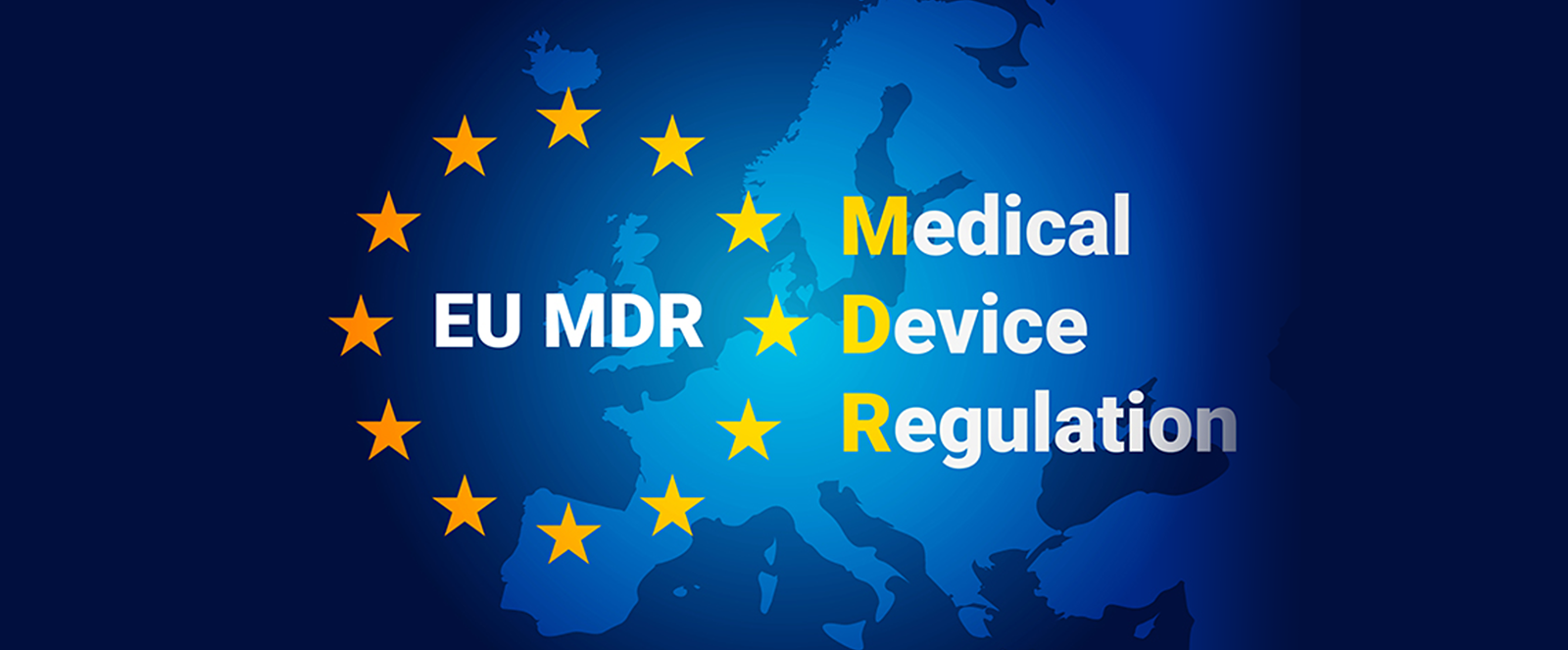Clinical Decision Support Software – FDA Guidance
In September 2022, the US Food and Drug Administration (FDA) released guidance on clinical decision support (CDS) software [1]. This type of software is designed to assist healthcare professionals in making decisions about patient care. It typically uses algorithms, medical knowledge, and patient data to provide guidance and recommendations to doctors and other healthcare providers. The FDA guidance covers the design, development, and testing of CDS software to ensure that it is safe and effective for use in medical settings.
CDS software can help healthcare providers make more informed decisions, improve patient outcomes, and reduce the risk of medical errors. However, the FDA also notes that CDS software can pose potential risks, such as providing incorrect or incomplete information or causing delays in patient care. For example, a CDS system might suggest the best course of treatment for a patient with a particular condition, or it might alert a doctor to potential drug interactions.
The FDA guidance further explains that CDS software should be designed to support, rather than replace, clinical judgment. It should also be easy to use and should not interfere with the normal functioning of other medical devices or systems.
To ensure the safety and effectiveness of CDS software, the FDA recommends that software developers follow a set of best practices, including conducting thorough testing and validation to ensure the accuracy and reliability of the software and providing clear and easy-to-understand information to users.
The FDA also recommends that healthcare providers use CDS software in a way that complements, rather than replaces, their own clinical judgment. In other words, CDS software should be viewed as a tool to assist in decision-making rather than a replacement for the expertise and experience of healthcare providers.
Our SBAS Software is an example of CDS software which interprets blood test results and expands differential diagnostics. It provides a physician with a list of the ten most probable diseases or medical conditions based only on blood test results, biological sex, and age, allowing them to focus on the most likely causes of the patient's symptoms. This can help improve the accuracy and speed of the diagnostic process, ultimately leading to better patient outcomes. The SBAS Software is not intended to replace the role of doctors in making a final diagnosis. Instead, it is designed to provide physicians with additional support and guidance in the diagnostic process.
Overall, the FDA's guidance on CDS software underscores the importance of using this technology responsibly and carefully in order to maximize its potential benefits and minimize its potential risks.






